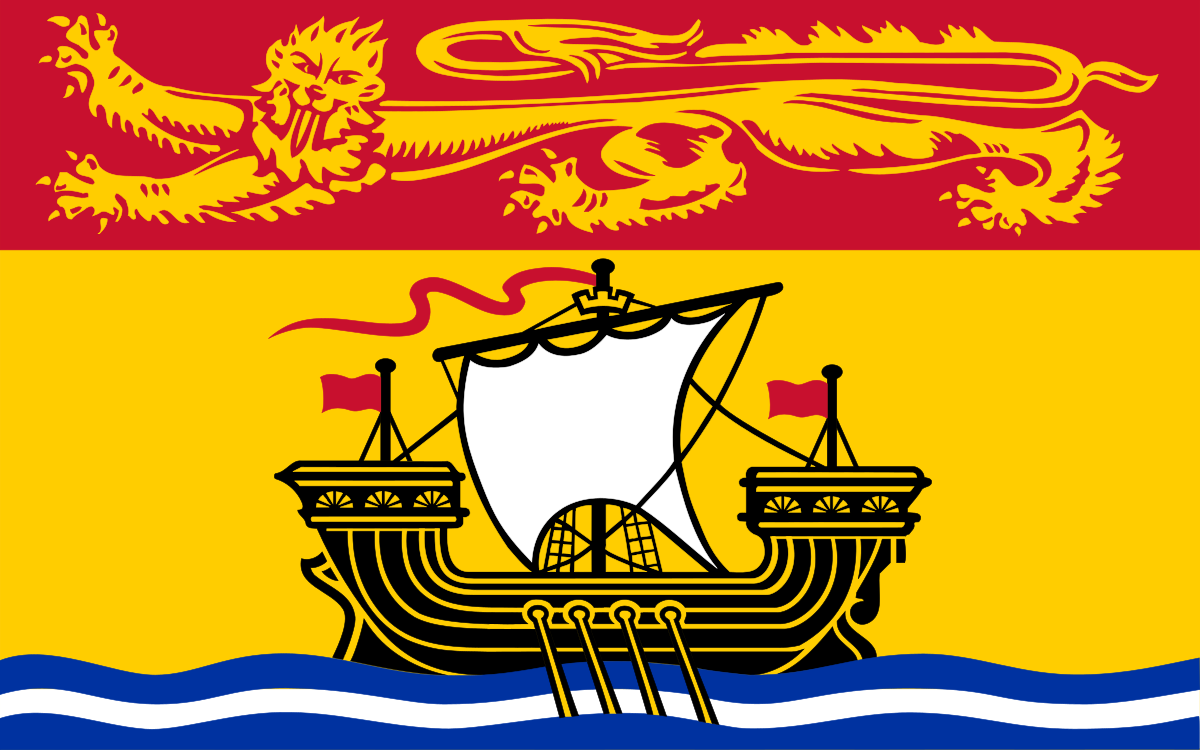How the EOI System Works
Starting on February 19, 2025, Newfoundland and Labrador’s Provincial Nominee Program (PNP) and Atlantic Immigration Program (AIP) will no longer accept direct applications. Instead, a new online Expression of Interest (EOI) system will be used. This system requires immigration candidates to first submit a brief form outlining their basic qualifications, including their occupation, education background, language skills, and willingness to live in Newfoundland and Labrador.
After submitting the EOI, the provincial government will assess all interested applicants and select suitable candidates to invite them to apply for provincial nomination or AIP certification. Only candidates who receive an invitation from the provincial government will be able to continue their immigration application, and those who do not receive an invitation will not be able to submit a direct application.
For applications submitted before the introduction of the EOI system, the provincial government will review them one by one and decide which will proceed to the application stage and which will return to the EOI pool. This evaluation will be based on EOI assessment criteria, and applicants will receive corresponding status update notifications.
Impact of the EOI System on Application Processing Time
With the implementation of the EOI system, the processing time for new applications is expected to increase. According to the Newfoundland and Labrador Provincial Nominee Program (NLPNP), some applications may take “up to three months or longer” for processing. However, the provincial government states that this new process will help more accurately select suitable candidates, particularly in areas of labor shortage such as healthcare and education.
The Role of the EOI System in Canadian Provincial Immigration
Canadian provincial immigration programs typically use the EOI system, especially for immigration pathways where a job offer is not required to apply. It is important to note that four of Newfoundland and Labrador’s six immigration pathways require a job offer (including AIP), so the introduction of this EOI system marks a further adjustment to the province’s immigration policies.
It is also worth mentioning that Newfoundland and Labrador is not the only province to implement an EOI system. In September 2024, Alberta’s Advantage Immigration Program (AAIP) announced that it would introduce a similar EOI application process for its worker immigration pathways, requiring candidates to submit a job EOI for consideration.
Recent Changes to Newfoundland and Labrador’s Immigration Policies
In recent years, Newfoundland and Labrador’s immigration policies have undergone multiple changes to address the growing demand for immigration and limited immigration quotas. By the end of 2024, a combination of limited immigration spots and a surge in applications led the provincial government to prioritize immigration applications. This adjustment aims to ensure that immigration spots are allocated more strategically, focusing on applicants who align with the province’s labor market needs and economic priorities.
In January 2025, NLPNP announced the suspension of the assessment of job vacancy evaluations and AIP employer designations and stated that it would continue to evaluate immigration strategies, with further updates expected in the coming weeks.
Despite these efforts, Newfoundland and Labrador still faces limitations in its immigration reception capacity. In 2025, the provincial government successfully reached an agreement with the federal government to increase economic immigration spots by 1,000 and accept 290 humanitarian immigrants over the next two years. As a result, the province’s total immigration nomination quota will reach 2,525 in 2025. However, the provincial government states that this number still cannot meet the demand for immigration and is actively seeking further increases in economic immigration quotas.









